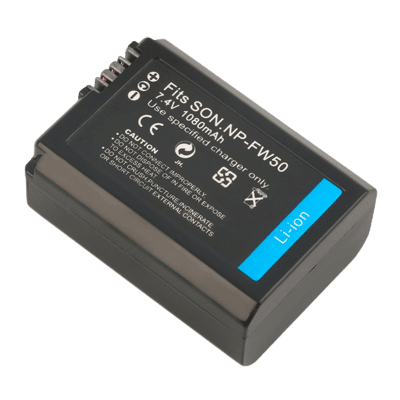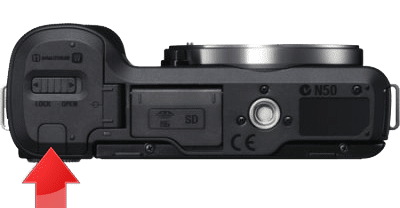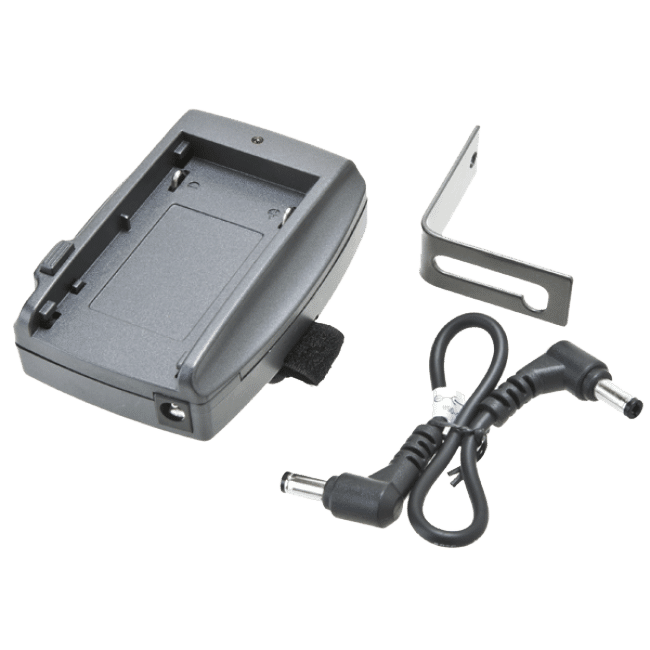Ways to power the Sony, Lumix, Canon, Nikon, Fujifilm cameras from external power supplies via dummy batteries.
Hello! Photo cameras these days are used not only for photography, but increasingly – for video shooting. The reason for this is the sky-high price of video cameras capable of giving a picture with a shallow depth of field (blurred background). Moreover, ordinary home video cameras cost not so little, while they are much less versatile than a camera that allows you to shoot both photo and video.
At the same time mentioned above marketing restricts the use of simple external power sources for cameras such as power bank. After all, it is much more profitable to sell the customer an additional battery handle to the camera, which, however, has only a couple of the same “dead” batteries. In this case such a battery handle will cost the buyer extra money.
But even if the camera can be powered properly via the USB connector, in addition to directly powering the camera from an external source, the battery inside the camera is also charged, which leads to additional power consumption of the external power source, as well as to additional heating of the camera body, which in turn the queue can even cause the camera to shut down due to overheating. Also, with this method of powering the camera, there is a risk of breaking the USB connector of the camera during the shooting process.
This problem is especially actual for Sony camera owners: NEX, A6000, A5100, A7, A7R and A7S. These cameras use an NP-FW50 battery with a capacity of 1080 mA·h at a supply voltage of 7.4 V.

This capacity is not enough for video shooting, but for more or less long photography. This problem is especially relevant for Sony A7x series camera owners.
At the same time there is a rubber cap in the battery compartment of the cameras:

– for outputting the cable of the so-called “Dummy” Battery or Fake Battery. It is a plastic dummy with dimensions and contacts the same as for typical camera batteries. A cable with DC jack is connected to the device to connect external power sources.

There are two ways to power the camera from an external source using a dummy battery:
First way
Power the camera with a 5 V powerbank using a voltage boost converter (hereinafter referred to as an inverter).

Such inverters increase the constant voltage produced by a conventional dispenser from 5 V to 7.5 – 8.5 V, that is to a voltage similar to that of a camera from a native battery.
The advantage of this method lies in the fact that in the sale there are power banks with the declared capacity up to 30 A·h, i.е. when using such a powerbank, you can shoot video 10 hours or more without even thinking about the power consumption of the camera.
A battery pack with an inverter can be put in a small shoulder bag. In this case, the length of the inverter cable is quite enough for comfortable shooting.
The disadvantage of this method of powering the camera is the relative unreliability of the system in professional usage:
- these inverters are produced in China by small manufacturers and accordingly you can not be completely sure of the quality of the manufacture of this device
- the behavior of such an impulse inverter during transition processes is unknown, which the manufacturers of these devices warn users in the operating instructions (if someone is reading them at all)
- physics has not been canceled, and the device provides a balance of power in the conversion, yet degraded by the conversion efficiency. It means that such devices can be used with power banks that provide an output current of 2 A or more (at a voltage of 5 V). Especially this feature is manifested in photography – where, when the camera shutter is triggered, the latter consumes a large current in a short time.
Second way
The second method uses power sources with a similar battery voltage supply.
For example, you can use a Sony NP-F970 battery with an adapter that has a DC jack “daddy”. This adapter, in turn, is already connected to the dummy battery.


There are also options with powering the cameras from Li-ion 18650 batteries and the like. For example:

Advantages of this method of powering the camera are: firstly – high reliability, because there are no additional transducers between the power supply and the camera.
And secondly, all the current that is able to give the battery comes directly to the camera. And, consequently, this method of power is suitable for both video and photography.
A common advantage for the above methods of powering the camera is that the model of the battery does not contain fuel elements and does not heat, unlike the native battery.
This is especially true in cameras inclined to overheating when shooting video, such as APS-C cameras Sony. This applies to the owners of cameras Sony A6300, A6500, despite the fact that these cameras can be natively powered from the powerbank.
My video reviews on the topic of camera powering from an external source
Turn on English subtitles on next video:
I hope that this article was useful to you.
P.S.
If you decided to power your camera from dummy battery all your photo and video shooting will depend on one wire made in China connected with dummy battery. As any wire it can break any moment. That’s why don’t forget common truth that professionals have always have two identical things as fallback (carry a back up) – two is one, one is none.
© 2017 Andrew Lazarev Production. Videography, photography, video editing in Kharkiv and the Kharkiv region, Ukraine. Blog of photographer and videographer.
